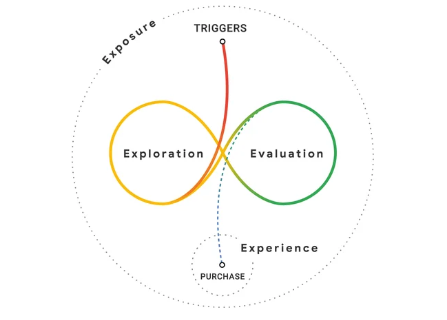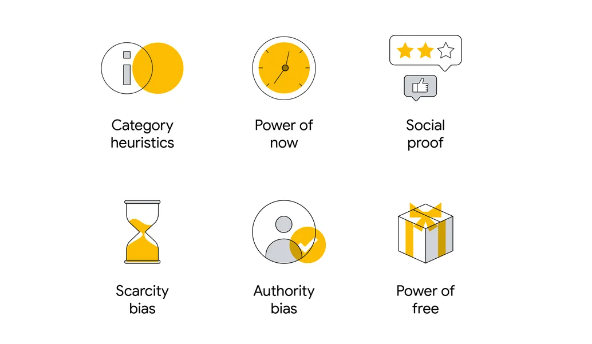Messy Middle
The way people make decisions is messy — and it’s only getting messier. Still, there are a few things we know about purchase behaviour. We know that what happens between trigger and purchase decision-making is not linear. We know there is a complicated web of touchpoints that differs from person to person. What is less clear however, is how shoppers process all of the information and choice they discover along the way. And what is critical, what we set out to understand with this new research, is how that process influences what people ultimately decide to buy.
What happens in the messy middle? Two mental modes
Through the research, an updated decision-making model began to take shape. In the center of the model lies the messy middle — a complex space between triggers and purchase, where customers are won and lost.
People look for information about a category’s products and brands, and then weigh all the options. This equates to two different mental modes in the messy middle: exploration, an expansive activity, and evaluation, a reductive activity. Whatever a person is doing, across a huge array of online sources, such as search engines, social media, aggregators, and review websites, can be classified into one of these two mental modes.


Cognitive Biases
The Cognitive Biases Impacting Purchase Behavior and Decision-making During the consumer journey through the messy middle, cognitive biases play a significant role in shaping shopping behavior and influencing product choices. Among the hundreds of biases that exist, our research has identified six key biases that heavily impact purchase decisions